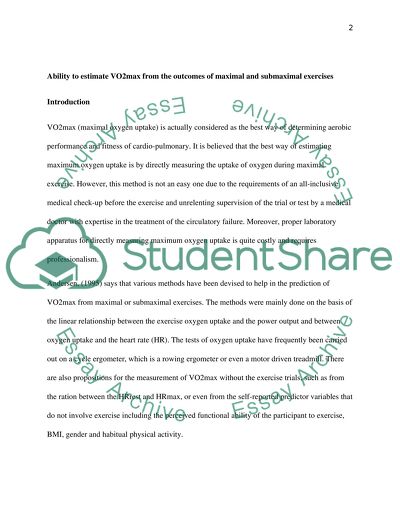Cite this document
(“Applied Sport and Exercise Physiology Essay Example | Topics and Well Written Essays - 4500 words”, n.d.)
Applied Sport and Exercise Physiology Essay Example | Topics and Well Written Essays - 4500 words. Retrieved from https://studentshare.org/health-sciences-medicine/1403315-applied-sport-and-exercise-physiology
Applied Sport and Exercise Physiology Essay Example | Topics and Well Written Essays - 4500 words. Retrieved from https://studentshare.org/health-sciences-medicine/1403315-applied-sport-and-exercise-physiology
(Applied Sport and Exercise Physiology Essay Example | Topics and Well Written Essays - 4500 Words)
Applied Sport and Exercise Physiology Essay Example | Topics and Well Written Essays - 4500 Words. https://studentshare.org/health-sciences-medicine/1403315-applied-sport-and-exercise-physiology.
Applied Sport and Exercise Physiology Essay Example | Topics and Well Written Essays - 4500 Words. https://studentshare.org/health-sciences-medicine/1403315-applied-sport-and-exercise-physiology.
“Applied Sport and Exercise Physiology Essay Example | Topics and Well Written Essays - 4500 Words”, n.d. https://studentshare.org/health-sciences-medicine/1403315-applied-sport-and-exercise-physiology.


